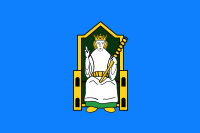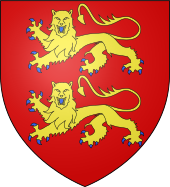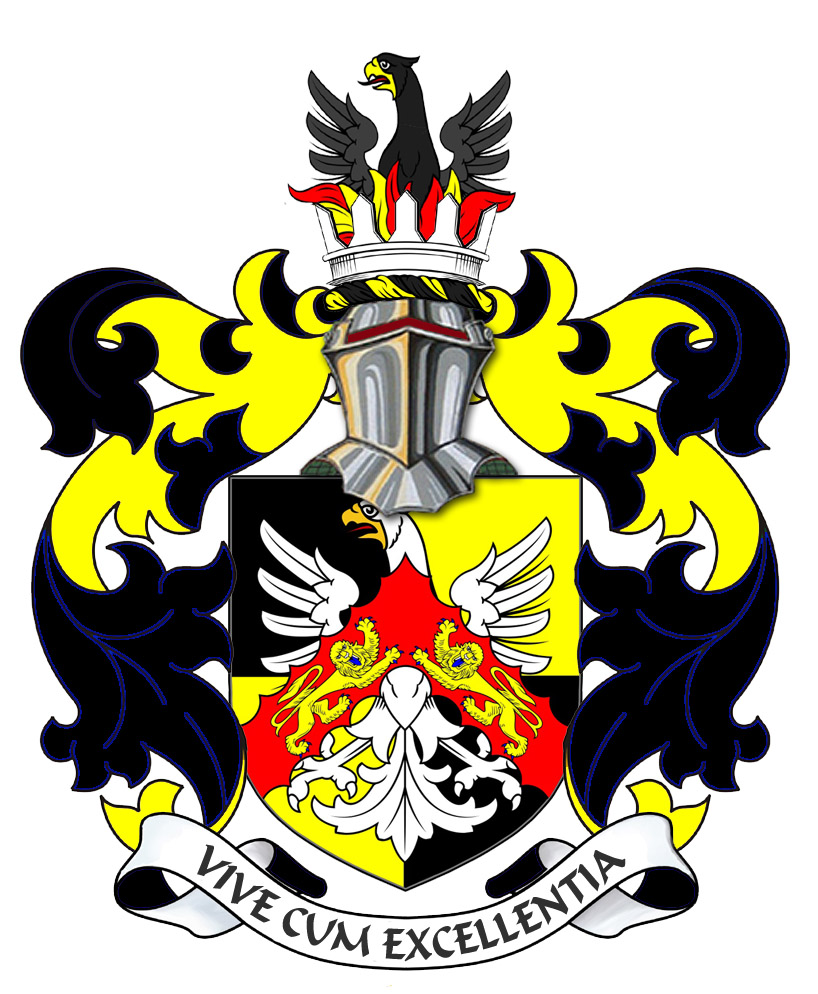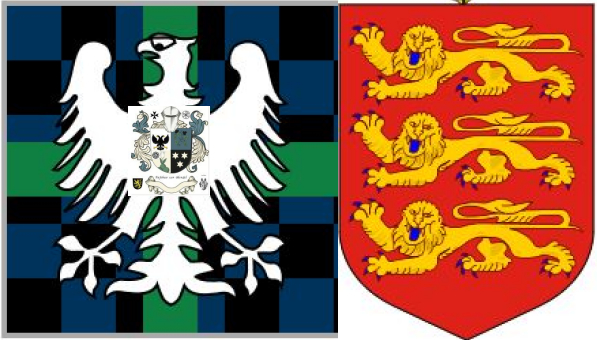



Kingdome of Uí Maine or Hy ManyThe Holy Island of Inchcleraun or Inis Cloithrinn granted to Baron Delvin in 1552.The Seignory of Longford contains the Ancient Holy Island or Quaker Island which was part of the Kingdom of Ui Maine. Inchcleraun (Irish: Inis Cloithrinn), also called Quaker Island or Holy Island, is an island situated in Lough Ree on theRiver Shannon, in County Longford of central Ireland.[1][2][3][4][5] which was granted to Baron Delvin in 1552. The island has the ruins of St. Diarmaid’s Monastery, a monastery founded by Diarmaid the Just in AD 560. These buildings constitute a National Monument. Inchcleraun island has(143 acres) located in the centre of Lough Ree , with Knockcroghery , County Roscommon to its west and Newtowncashel , County Longford to its east.. This island formerly formed part of the kingdom of Hy-Many. It is now included in the County Longford. Clothra was the mother of Lughaidh who was, at a remote period, king of Ireland. “In the reign of Lughaidh the lakes Neagh and Ree began to make their appearance.” St. Diarmid, patron of Inis Clothrann was brother of St. Fedliminus, who was Bishop of Kilmore; both were descended from Dathy, the last pagan king of Ireland, who was killed in year 427.
Uí Maine, often Anglicised as Hy Many, was one of the oldest and largest kingdoms located in Connacht, Ireland. Its territory of approximately 1,000 square miles (2,600 km2) encompassed all of what is now north, east and south County Galway, south and central County Roscommon, an area near County Clare, and at one stage had apparently subjugated land on the east bank of the Shannon, together with the parish of Lusmagh in Offaly and included what is known as the Holy Island of County Longford and of ancient Delbhna. There were two different Ui Maine, the Ui Maine of Tethbae and the Uí Maine of Connacht; these tribes were separated by the Shannon River. The people of the kingdom were descendants of Máine Mór, who won the territory by warfare. Its sub-kingdoms, also known as lordships, included – among others – Tír Soghain, Corco Mogha, Delbhna Nuadat, Síol Anmchadha, and Máenmaige. These kingdoms were made up of offshoots of the Uí Maine dynasty, or subject peoples of different races. The Uí Maine are among the ancient Irish dynasties still represented today among the recognised Irish nobility and Chiefs of the Name, by the O'Kelly of Gallagh and Tycooly, Prince of Uí Maine and Count of the Holy Roman Empire. The Fox (O'Kearney) may represent the eastern Uí Maine of Tethbae.
Grant by King Edward to Baron Delvin 1557 of the Holy Island of Hy Many or Ui Maine
Louqh Ree (for steamer service see pink pages) is smaller than Derg, being 17 miles in length. Formerly it was called Lough Ribh, and sometimes "Great Lough Allen." A boat for visiting Lough Ree may be hired at Athlone, with or without rowers. The numerous promontories, bays, and creeks of the lake greatly add to the charm and variety of its Bcenery, and some of the islands are very beautiful; but it all wants sun. This "Lough of the Kings" formed the frontier line between Hy-Many, the principality of the O'Kellys, on the west, and " Kilkenny West," in the kingdom of Meath, on the east. Among several interesting islands we may mention Jnis Clothrann (or Quaker Island), named after the sister of Queen Mab (or Meave). On the highest point of it once stood that queen's palace, and it was on the sunny strand below that she was bathing when the cowardly Ulster chief struck her dead with a stone from his sling. Professor Stokes states that St. Dermot is said to have lived here about the year 500; and many remains of churches and buildings remain. "The monastery of Inisbofin (or White Cow Island) is, in some respects, the most interesting of any upon Lough Ree, because its foundation is attributed to St. Rioch, the nephew of St. Patrick, ... a Briton or Welshman by birth." On Bare Island no hares are now living to explain the name; they have relinquished it in favour of the later tenant, Lord Castlemaine. On the western shore is the interesting ruin of Randoum Castle, "a famous spot in Irish history for the last 2000 years." In ancient times it was called John's (Eoin) House after a local Celtic saint; when the Normans, who hated the Celts, came and "established a castle of the Knights Hospitallers, they changed the dedication to that of St. John the Baptist. The castle still stands, with a round tower, "a church dedicated to the Holy Trinity, and a fortified wall, "unique in Ireland." |
Tenures Abolition Act 1662 - Rights to Sit in Parliament Law of Ireland List of Townlands of Longford Annaly The Seigneur About Longford English Pale Lord of St. Brigit's Longford Abbey Est. 1578 Seneschal of Meath Market & Fair Court Barons News Irish Kingdoms Fishing & Dams Rights Rights of Lords & Barons Feudal Barons Styles and Dignities Lord Baron Longford Baron de Delvyn Longford Map Lord Baron of Delvin Baron of Temple-Michael Baron of Annaly Lord Conmaicne Baron Annaly Baron Lerha Granard Baron AbbeyLara Baronies of Longford Princes of Conmhaícne Angaile or Muintir Angaile Baron Lisnanagh or Lissaghanedan Baron Moyashel Moiety of Ardagh Baron Rathline Captainship of The Slewght William in the Annaly Grants to Delvin Baron Inchcleraun HOLY ISLAND Quaker Island Longoford CO Abbey of All Saints Kingdom of Uí Maine Baron Dungannon Baron Monilagan - Babington Lord Liserdawle Castle Baron Columbkille Kingdom of Breifne Baron Kilthorne Baron Granarde Count of Killasonna Baron Skryne Baron Cairbre-Gabhra AbbeyShrule Fiefs of the Islands Feudal Westmeath The Island Lords Fief Worship Channel Island History Fief Blondel Fief Blondel Merchandise Events Blondel and King Richard Fief Coin Feudal Guernsey Titles The Feudal System Flag & Arms Castle Site Map Disclaimer Blondel Myth Dictionary
Feudal Baron of Longford Annaly - Baron Longford Delvin Lord Baron &
Freiherr of Longford Annaly Feudal Barony Principality Count Kingdom of Meath - Feudal Lord of the Fief
Blondel of the Nordic Channel Islands Guernsey Est. 1179
Feudalherr - Fief Blondel von der Nordischen Insel Guernsey Est. 1179 *
New York Gazette ® - Magazine of Wall Street - George
Mentz - George Mentz
Counselor George Mentz Esq. - Seigneur Feif Blondel - Lord Baron Longford Annaly Westmeathwww.BaronLongford.com * www.FiefBlondel.com |




